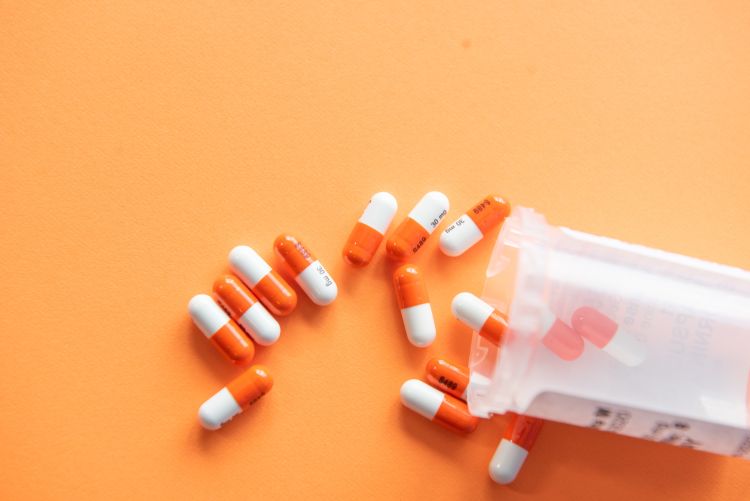
The Indian pharmaceutical sector is poised for robust revenue growth, driven by approvals for niche drugs in the US market, a decrease in raw material costs, and stabilised shipping rates. According to ICICI Securities, the sector is expected to see a 13.5% increase in revenue, translating into a 30.3% net profit growth for the third quarter of the fiscal year 2023-24. This profitability boost is attributed to a correction in crude oil prices and shipping rates during this period.
Active pharmaceutical ingredients (APIs) have also seen a price reduction, with a 13% quarterly and 12% annual aggregate decrease. This price index, which includes the top 15 APIs imported from China, indicates a decrease in costs for these essential raw materials. This decline is partly due to stabilised production in China and increased supply in India, spurred by the production-linked incentive (PLI) scheme. In terms of drugs, growth is expected to be driven by generics such as Revilmid, Spiriva, Albuterol, Prezista, Lenotirade, and various biosimilars.
READ | Rural revival: The missing piece in India’s economic growth puzzle
While falling API costs and stabilised shipping rates are undoubtedly positive drivers, concerns remain regarding API sourcing dependence. To secure long-term resilience, India must prioritise domestic API manufacturing. The PLI scheme has made encouraging strides, but further incentivising investments in API production facilities is crucial. This will not only reduce reliance on external sources but also create additional high-skilled jobs and strengthen the overall pharmaceutical ecosystem. Diversifying API sourcing from other regions beyond China would also mitigate geopolitical risks and ensure a stable supply chain.
Axis Securities notes that the US market is expected to experience mid-teen growth with stable pricing. Post-pandemic, the Indian market has stabilised, showing low double-digit business growth. In Q3FY24, the Indian pharma market (IPM) saw a strong 10% growth, led by acute therapies, immunomodulators, anti-infectives, and gastro-intestinal treatments.
Safety lapses in Indian pharma sector
However, the Indian pharmaceutical industry, projected to exceed $130 billion by 2030, has been affected by safety lapses. Notably, incidents involving cough syrup in Gambia and Uzbekistan and anaesthetic drug-related deaths in Sri Lanka have tarnished its reputation. Despite India’s significant role in global generics supply and vaccine production, these incidents have raised concerns about drug safety standards.
Beyond regulatory reforms, fostering a culture of quality-first within the industry is essential. This requires a multi-pronged approach. Firstly, robust training programs for personnel involved in manufacturing and quality control are vital. Secondly, promoting ethical practices and transparency throughout the supply chain will build trust and accountability. Finally, encouraging continuous research and development in drug safety testing and production technologies will keep India at the forefront of quality standards. By prioritising both regulatory rigor and internal commitment to quality, India can not only build a stronger reputation but also safeguard the health and well-being of patients globally.
The Union government’s directive for medicine manufacturers to comply with WHO standards is a positive step, but there is a need for stricter measures to ensure the safety of drugs produced for both export and domestic use. The Central Drugs Standard Control Organisation has often acted more as an industry facilitator than as a watchdog, which calls for a shift in their approach.
Despite being the third-largest pharma industry by volume, India faces significant challenges. Less than 20% of pharma units in the country have WHO certification, and there are concerns about quality compromises due to outsourcing production to smaller, cost-saving units. The regulatory bodies are understaffed and under-resourced, with only 29 state-run and two central drug testing laboratories, insufficient for overseeing the rapidly growing industry.
As the 2025 budget approaches, the pharmaceutical industry seeks government support through favorable policies, including tax benefits and measures to ease business operations. Given the high-risk, long-gestation nature of pharmaceutical research, the industry is looking for continuous investment and governmental assistance. The government might also consider eliminating import duties on life-saving drugs and attracting foreign direct investment (FDI) to support advanced research.
Despite the international scrutiny, the global perception of Indian pharmaceuticals remains largely positive. Industry insiders anticipate a steady 10% growth in both domestic and export markets. To achieve the ambitious $450 billion goal by 2047, as envisioned in the India@100 initiative, there is a call for regulatory reforms to foster industry growth, address patient safety, and encourage innovation. Additionally, nurturing talent, developing essential skills, and expanding capacity will be crucial for realising this vision.
